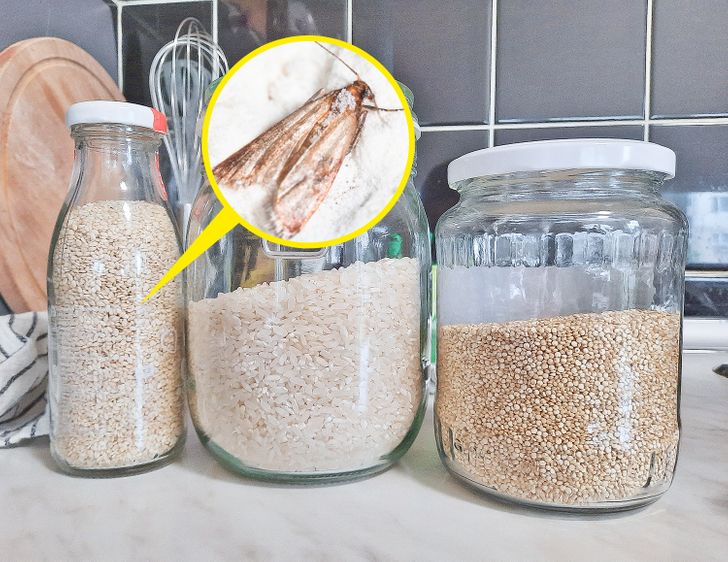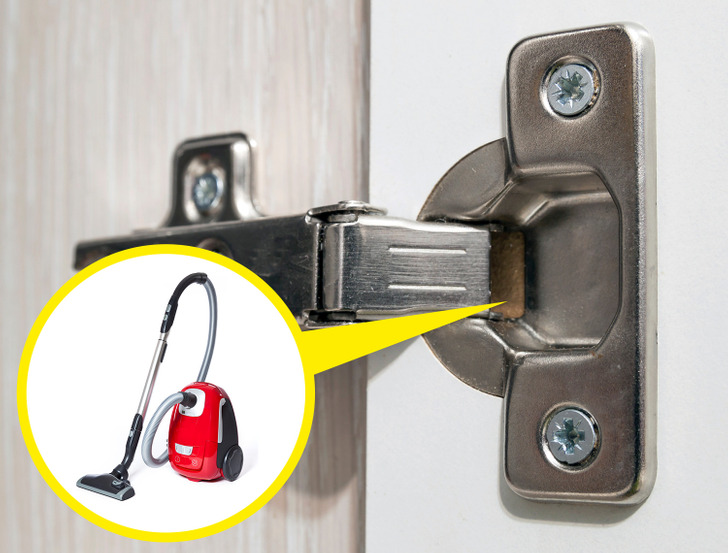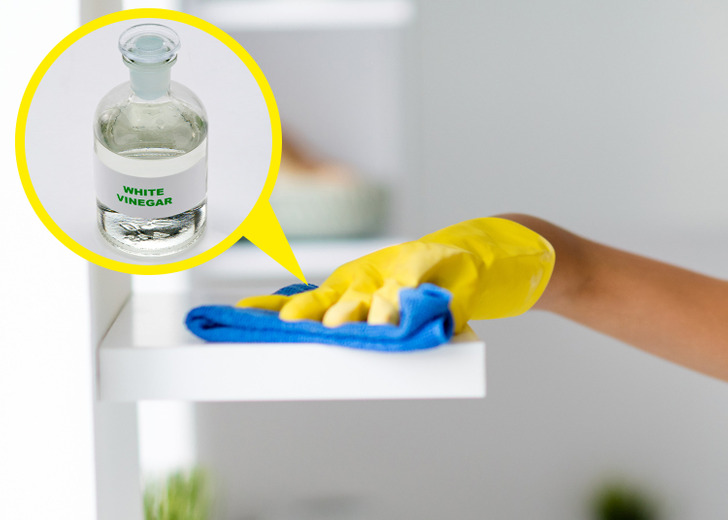How to Get Rid of Pantry Moths — 5 Steps
Pantry moths are troublesome, hard-to-control pests that can infest dry foods like grains and cereals. Learn reliable ways to eliminate them, plus additional tips for even the most stubborn pantry moth infestations.
What pantry moths are
There are different species of pantry moths, like the meal moth, the Indianmeal moth, and the cacao moth, as the most common moths. Many of them resemble the common species we might find in our clothing.
The life cycle of different species of moths belonging to this family is similar. For example, adult females of the Indianmeal moth group lay hundreds of eggs next to dry foods or directly on them. After 2 weeks, the larvae appear and begin to feed on your food. As they move, they leave silk threads behind, which is how you can detect their presence. A couple of weeks later, the larvae will grow big enough to find a secluded place in a crevice, hole, or crack to weave a cocoon. A month later, the nymph turns into an adult insect, which reproduces again. Thus, several generations of pantry moths can appear in the pantry or kitchen cabinet over the course of a year.
Because of this, it’s important to not just get rid of moths and the foods you found traces of their presence in, but also to ensure that these moths don’t reappear from eggs, larvae, and nymphs, which aren’t so easy to spot.
These moths love several food items, including cereal, spices, pasta, flour, breadcrumbs, grains, nuts, couscous, and dried food.
How to get rid of pantry moths
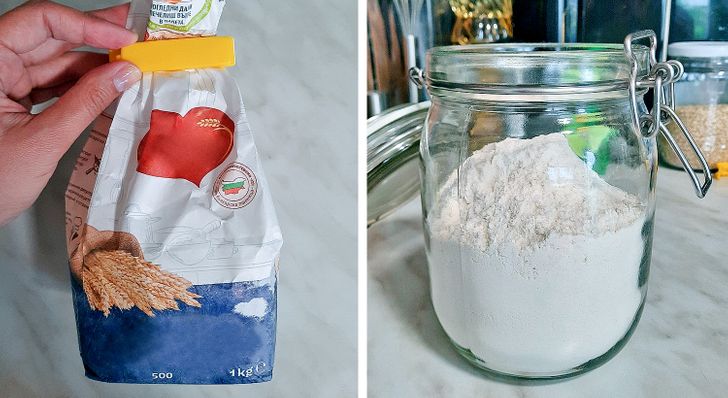
Step 1. When cleaning the kitchen, pay special attention to cabinets and shelves where groceries are stored. You need to remove all items and foods, including those in sealed packaging, along with dishes, kitchen utensils, cooking equipment, appliances, and accessories.
Step 2. If there are moths inside packages of food, throw the packages away together with their entire contents. If you plan to use the container where the food was stored in the future, thoroughly rinse it under hot water with dishwashing detergent. Pour the remaining dry foods into jars with tight-fitting lids, preferably made of glass or metal, and put them into the freezer for a week. Low temperatures are detrimental to these insects, and they’ll destroy any eggs. Keep in mind that pantry moth eggs are tiny, so you can easily miss them when looking for them. It’s important to make sure to follow this step to ensure you’ll eradicate your moth infestation.
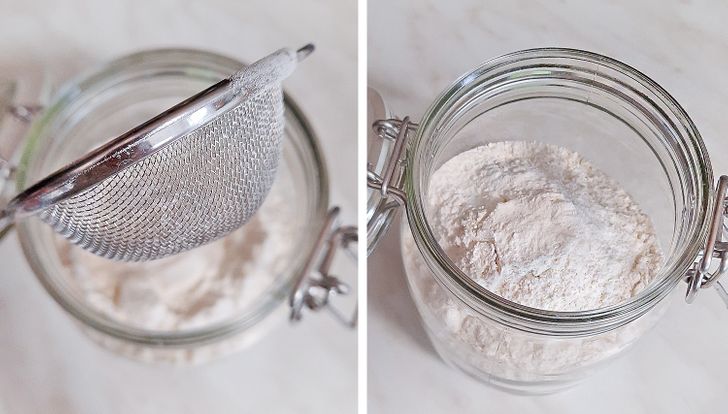
❗Important: When using flour, semolina, and other similar foods, it’s better to sift it first with a fine sieve, which will help keep any larvae away.
Step 3. Use a vacuum cleaner to thoroughly clean the surface of the shelves in the cabinet. Pay attention to the corners. To do this, special nozzles with narrow spouts are convenient, and they can be attached to the vacuum cleaner hose. If the vacuum cleaner uses a dust bag, discard it immediately after cleaning. The water filter must also be cleaned according to the manufacturer’s instructions. Otherwise, the larvae and eggs can survive inside the vacuum cleaner and will subsequently find their way back out.
❗Keep in mind that meal-moth larvae can move from one place to another, so you may find them in door hinges, around the edges of cans, jar lids, and underneath shelves. Pay attention to these places to ensure you get rid of the infestation completely.
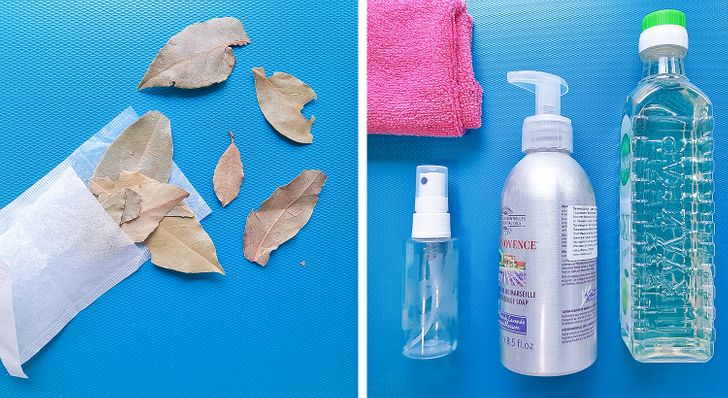
Step 4. Move on to wet cleaning. Take a spray bottle, fill it with hot water, and add some dishwashing liquid. Shake the container gently to mix the liquids and evenly spray its contents over all surfaces of the cabinet or shelves. Treat the walls, doors, and floor the same way. Next, wipe everything down with a cloth or sponge first, then dry with a paper towel.
You can spray the surface with peppermint oil too, which is a natural repellent for these insects. Mix 1 cup of water and the same amount of white vinegar, add a few drops of peppermint oil, and pour everything into a spray bottle. Close it and shake well to mix the liquids. Spray the product through your pantry, shelves, or cabinet surfaces, as well as on the walls, floors, and ceilings. Then wipe everything with a sponge. If you want to store the repellent, pour it into a glass container because the oil corrodes plastic.
Step 5. Put sachets with bay leaves in places where dry foods are stored. This simple remedy will scare away insects because the pantry moth can’t stand the smell of bay leaves.
🚫 Avoid using insecticides to kill moths in your kitchen. Besides being unsafe to be used around food, they may not be effective against this type of infestation.
How to prevent pantry moths from appearing in your home
- Use white vinegar to wipe shelves or other surfaces. Add essential oils like peppermint, eucalyptus, tea tree, or citronella for more protection against moths.
- Store dry foods that might attract pantry moths in tightly closed containers. Keep in mind that moth larvae can easily eat through cardboard and plastic bags — leaving holes, so it’s better to opt for glass and metal.
- Check all foods before buying them. If you find holes or webbing on or inside the packaging, it’s better to look for a replacement.
- Place sachets filled with bay leaves on pantry shelves to repel moths.
- Store dry pet food or bird food in a tightly closed container outside the pantry where your food is.
- Spice packets are best kept in the refrigerator or freezer.
- Check your pantry contents regularly to ensure there are no moths.
- Vacuum your house on a regular basis to get rid of crumbs that could attract them.
What other tips for killing moths do you know of? Do you know any other ways to prevent them from appearing? Tell us in the comments!
